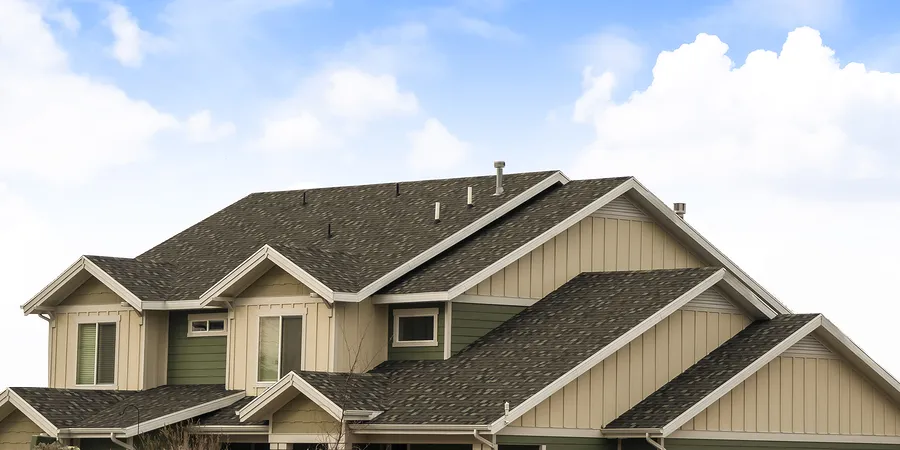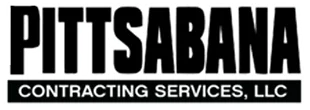A gable roof is a popular and traditional type of roof design, typically seen on residential homes, barns or sheds. Its simple triangular shape provides a classic and elegant profile that complements many architectural styles. However, not all gable roofs are the same. This article will discuss the different types of gable roofs, from the standard gable to the Dutch gable, along with their unique features, advantages and disadvantages. By the end of this article, you will have a good understanding of each design and have enough information to choose the right type of gable roof for your home or building.
What is a Gable Roof?
A gable roof is a common type of roof that is recognizable by its triangular shape. It is one of the most popular and simplest roof designs, which has been used for centuries in different parts of the world. The two sides of the roof slope in opposite directions and meet at the ridge or peak, providing a distinctive A-frame appearance. Gable roofs are not only aesthetically pleasing but are also popular because of their practical advantages. They are easy to construct, provide ample space for an attic or upper living space, and allow efficient rainwater drainage. They are also known for their strength and durability, making them a suitable choice for areas with heavy snow loads and high winds. There are different types of gable roofs, each with its unique features and benefits.
Types of gable roofs
As a homeowner or builder, it’s essential to know the different types of gable roofs available to make an informed decision on which roofing style best suit your needs. A gable roof is a triangular roof-shaped structure that slopes downward from a ridge or peak located in the center of two opposite sides. Here are some common types of gable roofs and their definition.
Front Gable Roof: A front gable roof is a common type of gable roof where the gable faces the street. The two roof sections of this style are designed to slope in the same direction with the highest point centrally located at the front of the house. This type is usually used in colonial and farmhouse-style homes.
Side Gable Roof: A side gable roof is another popular type of gable roof where the two sloping sides meet at a ridge or peak located on the sides of the building. This design is used in most traditional house styles and is a good option for structures with simple designs.
Cross Gable: Roof A cross gable roof combines two or more gable roofs at right angles, forming an L or T shape. This roofing style is often used on houses with more complex shapes, such as those with wings, dormers or additional rooms. This type of gable roof provides more space and allows for better ventilation and natural light.
Dutch Gable Roof: A Dutch gable roof combines a gable roof with a hip roof, forming a unique, eye-catching design. In this style, a gable roof placed at the top of a hip roof, creates additional living space or rooms inside the roof area. This type of gable roof provides a classic look and is commonly used in cottage-style homes. In conclusion, Gable roofing is a popular roofing option in the construction world. The different types of gable roofs offer functionality and aesthetics as they come with unique designs. Understanding the different styles available can help you make an informed decision on which roofing style best suit your needs.
Pros and Cons gable roofs
Pros
- Increased Attic Space Gable roofs provide ample space for storage and can also accommodate living spaces such as an attic or a loft. The steep slope of the roof not only provides structural support but also adds to the overall aesthetic appeal of the house.
- Excellent Ventilation Gable roofs provide natural ventilation and can help in keeping the house cool during hot weather. The design allows for air to circulate freely, allowing heat to escape from the house, keeping the interiors cool and comfortable.
- Improved Drainage Gable roofs are designed in a way that allows water to run off easily. The steep slope ensures that rainwater does not collect on the roof, which can cause damage to the structure. The design also allows for the installation of gutters and drainpipes to ensure proper drainage.
- Easy Maintenance Gable roofs are relatively easy to maintain compared to other roof designs. The simplicity of the structure requires less upkeep, making it an ideal choice for homeowners who prefer low-maintenance roofing solutions.
- Versatility Gable roofs offer versatility in terms of design and can be customized to fit any architectural style. The roof pitch and symmetry can be adjusted to achieve the desired look.
Cons
- Prone to wind damage: Gable roofs have a triangular shape that makes them more susceptible to winds. This is especially true if the pitch of the roof is too steep. During a storm or high winds, the wind can easily lift the roof up, causing damage to the entire structure.
- Vulnerable to leaks: Gable roofs have an increased risk of leaks compared to other roofing styles due to the valley that runs down the middle of the roof. Without proper flashing and sealing, this valley can allow water to seep through and cause damage to the structure.
- Can be difficult to maintain: Gable roofs require regular maintenance to prevent damage and maintain their appearance. This can include cleaning out gutters, inspecting for leaks, and ensuring the roof is properly sealed.
- Limited ceiling space: While gable roofs allow for more attic space, the sloping design reduces the available ceiling space, making it difficult to install certain fixtures such as ceiling fans or chandeliers.
- May increase energy costs: The triangular shape of gable roofs can make it difficult to properly insulate the roof, leading to increased energy costs due to heat loss during the winter and heat gain during the summer.
In conclusion, gable roofs are a popular choice for many homeowners due to their classic design and functionality. From the classic gable to the complex dutch gable, there are a variety of gable roof designs to choose from. Each type comes with its own set of pros and cons and recommended uses depending on the climate, code requirements, and aesthetic preferences. Understanding the types of gable roofs available can help homeowners make an informed decision when it comes to their roofing needs. Remember to consult with a professional roofer to determine the best gable roof design for your home.



